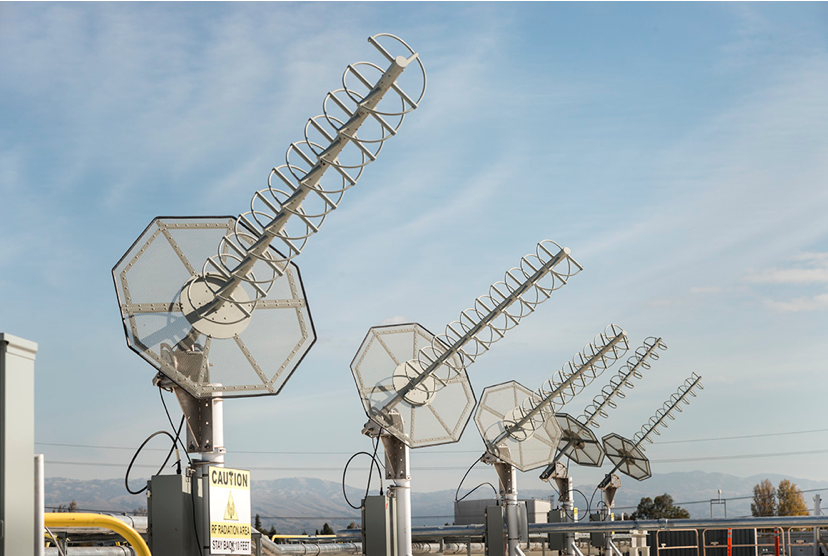[SatNews] More than 55,000 currently fielded terminals can be upgraded to the MUOS Wideband Code Division Multiple Access waveform.
With the U.S. Navy’s Mobile User Objective System (MUOS) expected to achieve global communications coverage next year, Lockheed Martin [NYSE: LMT] recently established a new radio terminal development and certification facility to help put MUOS’ new capabilities into warfighters’ hands faster.
Developed by Lockheed Martin, MUOS operates like a satellite-based, smart-phone cell network, vastly improving current secure mobile, tactical communications for warfighters on the move. Once MUOS is fully operational, secure terminal users, connected through the system’s Internet Protocol-based technology, will be able to transmit and receive clear voice calls and data from almost anywhere in the world.

To assist other industry providers in testing, developing and certifying MUOS radio terminals and government applications more quickly, on November 25, the company opened the $6.5 million Test Radio Access Facility (TRAF) at its Sunnyvale, California campus. More than 55,000 currently fielded terminals can be upgraded to the MUOS Wideband Code Division Multiple Access waveform.
Lockheed Martin’s new 3,400 square foot TRAF expands on the testing capability the company previously offered to outside vendors developing terminals. Developers can test and validate new software, hardware and applications, under a variety of operational environments, using TRAF’s ground segment testbed and satellite simulator. Private “suites” allow companies to maintain proprietary and secure areas, as well as facilitate joint development, including interoperating in over the air testing. Developers also can test terminals and applications on the same equipment expected to be used for final certification.
“Lockheed Martin’s goal with the TRAF is to help terminal developers and application integrators get MUOS’ capabilities deployed to the warfighter as quickly as possible,” said Glenn Ladue, MUOS TRAF manager. “Providing a high fidelity, end-to-end test environment during development will dramatically shorten the time it takes to get from a good idea to operational utility.”
Meanwhile, the MUOS network is growing and will be capable of providing warfighters global coverage in 2015. Two satellites, MUOS-1and MUOS-2, and three of four required ground stations, already are operational. On Nov. 5, MUOS-3 was shipped to Cape Canaveral Air Force Station, Florida for its January launch while MUOS-4 is on track to launch later in 2015. The final MUOS ground station also is expected to be operational in early 2015.

